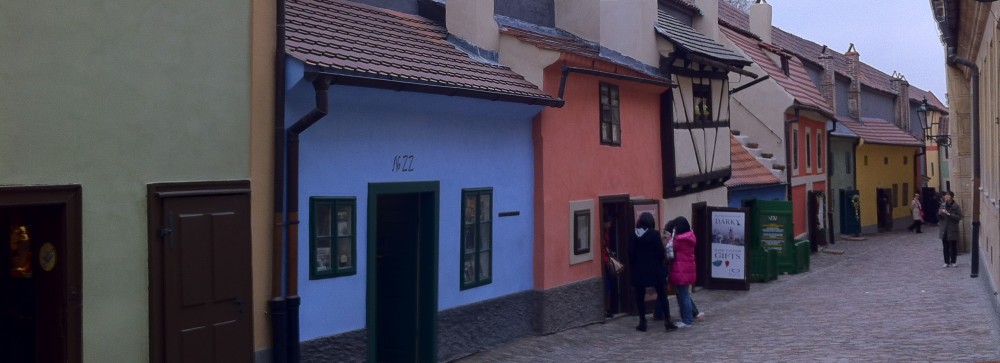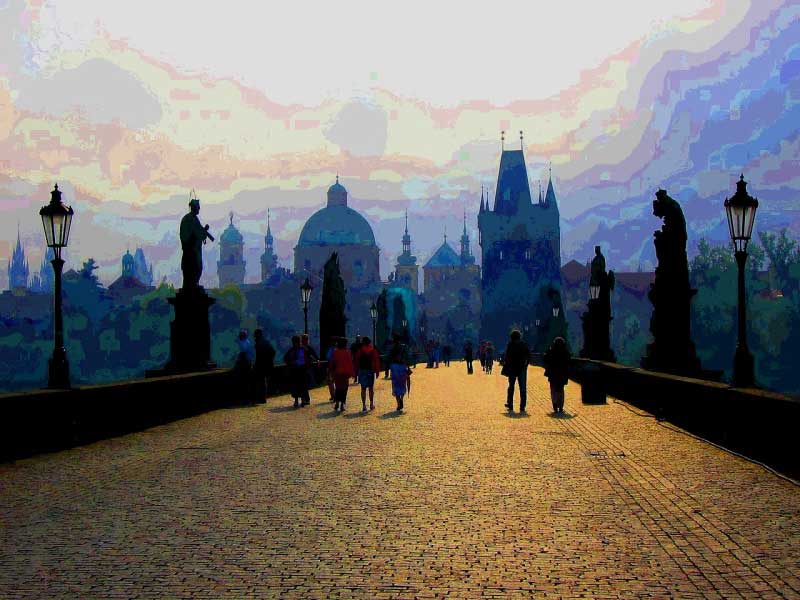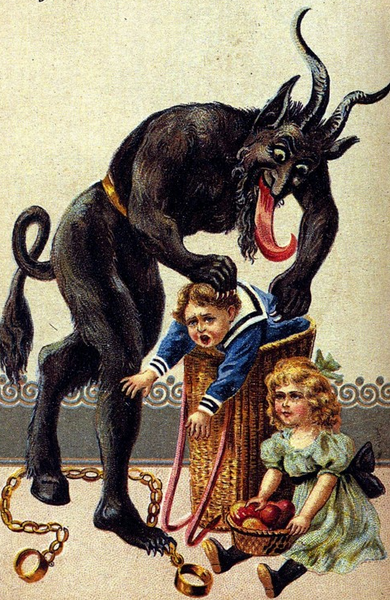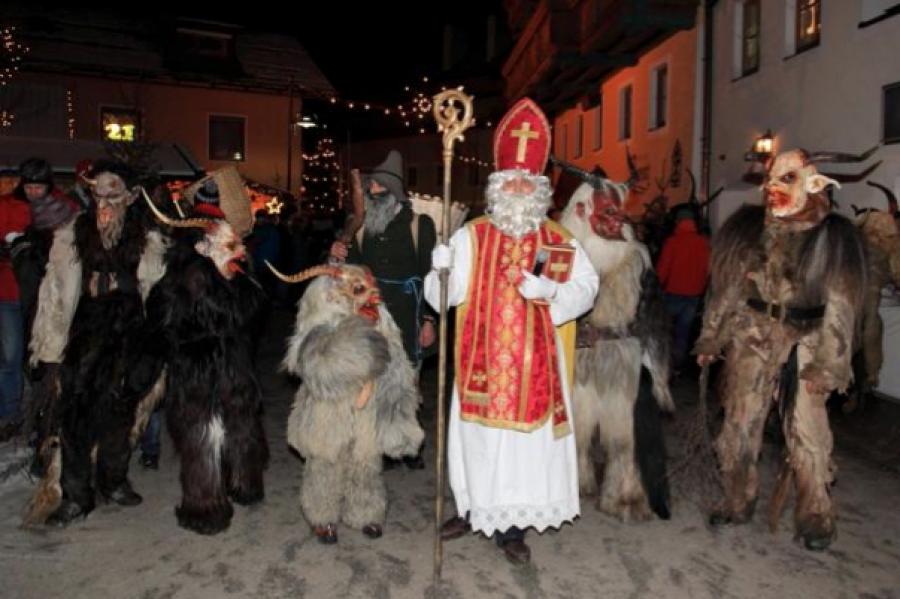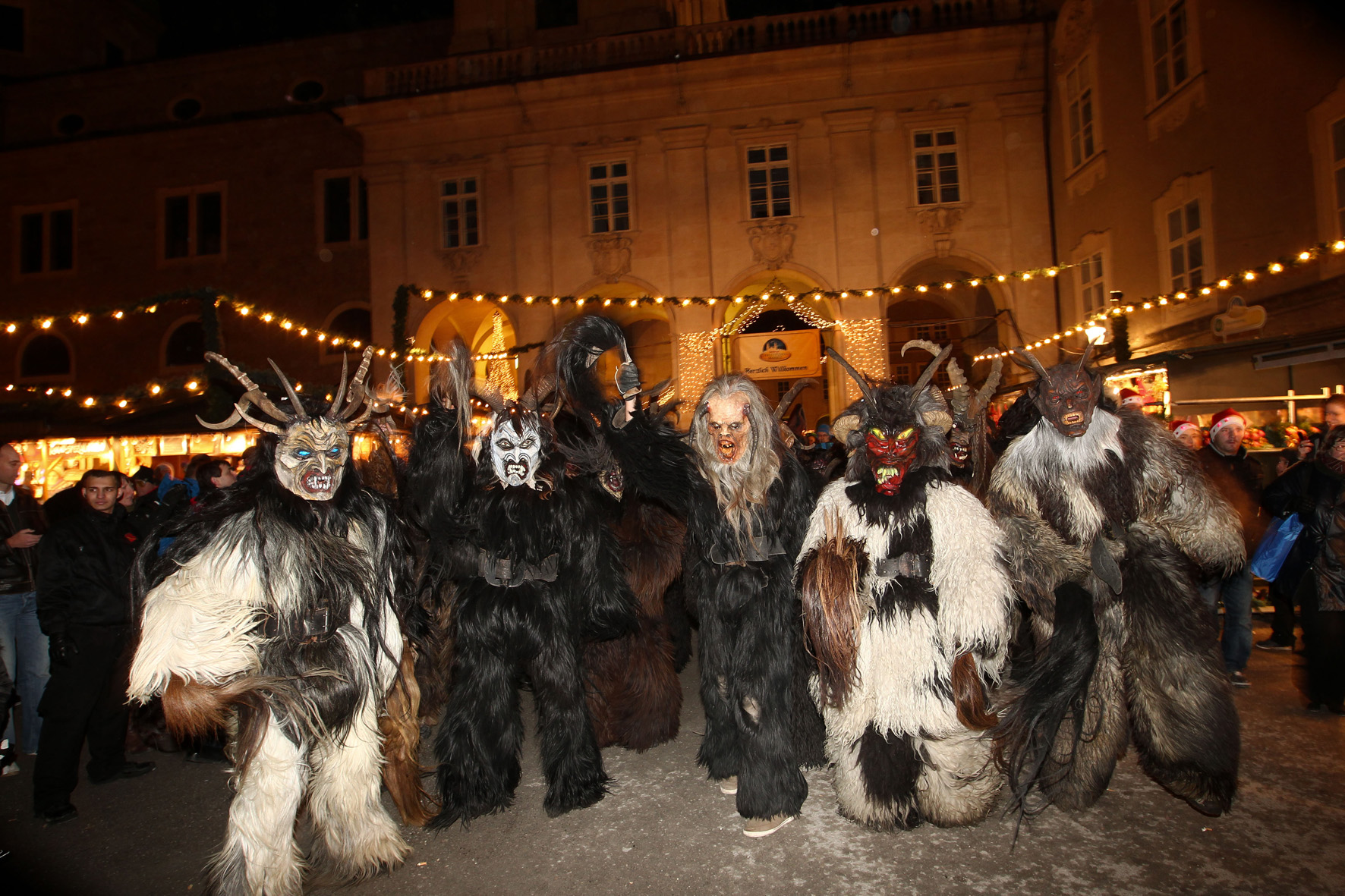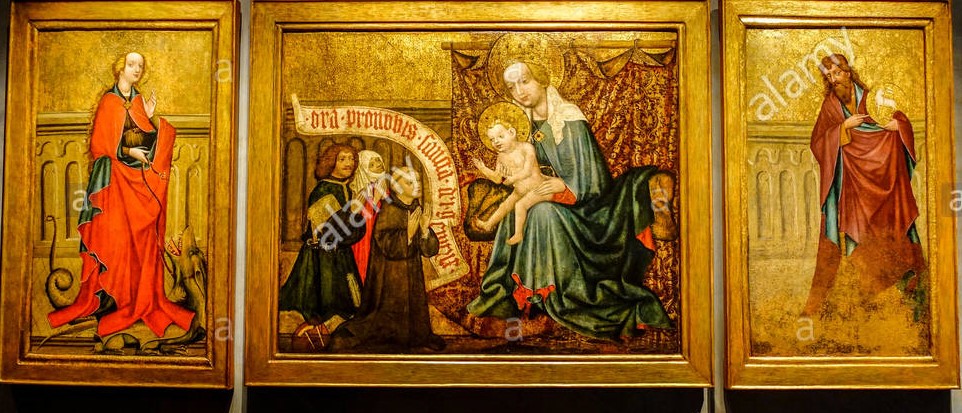
Altarpiece from Hyrov, after 1430; National Gallery of Medieval Art, St Agnes Convent, (Prague, Czech Republic)
October 28, 1918 — The Republic of Czechoslovakia was founded, assembled from three provinces (Bohemia, Moravia, and Slovakia) which had been part of the former Austro-Hungarian empire.
Bohemia had been a duchy in the Middle Ages and then a kingdom in the eleventh century. “Good King Wenceslaus” of the popular Christmas carol was actually the Duke of Bohemia in the tenth century. Most people no longer remember that Prague–the capital of Bohemia–was the cultural and political capital of Europe for several hundred years, beginning in the 1340s. Art was so important to Czech culture that painters were exempt from military duty!
Bohemian culture always valued individualism and following one’s particular calling or conscience; hence, the association of “Bohemian” with the counter-culture of the mid-20th century in New York City and the United States.
The prophetess Libuse selected the site of the city in the AD 700s and married a local farmer to begin the Czech royal family.
Walpurgis Night is still one of the most popular of Czech holidays. According to the traditional Czech stories, the night of April 30-May 1 was magical. Not only was evil believed to be more powerful at this time, but also those who felt brave enough to go outside could find treasures if they carried with them items such as wood fern flower, wafer or sanctified chalk. It was also believed that during the night witches were flying and gathering for the Sabbath. To protect themselves, villagers burnt bonfires on hills and set fire to brooms, which were then thrown into the air to reveal any flying witch. These celebrations are nowadays accompanied with music and traditional food and mark the opening of the tourist season.
Click here to discover more about mysterious, beautiful, magical Prague!
